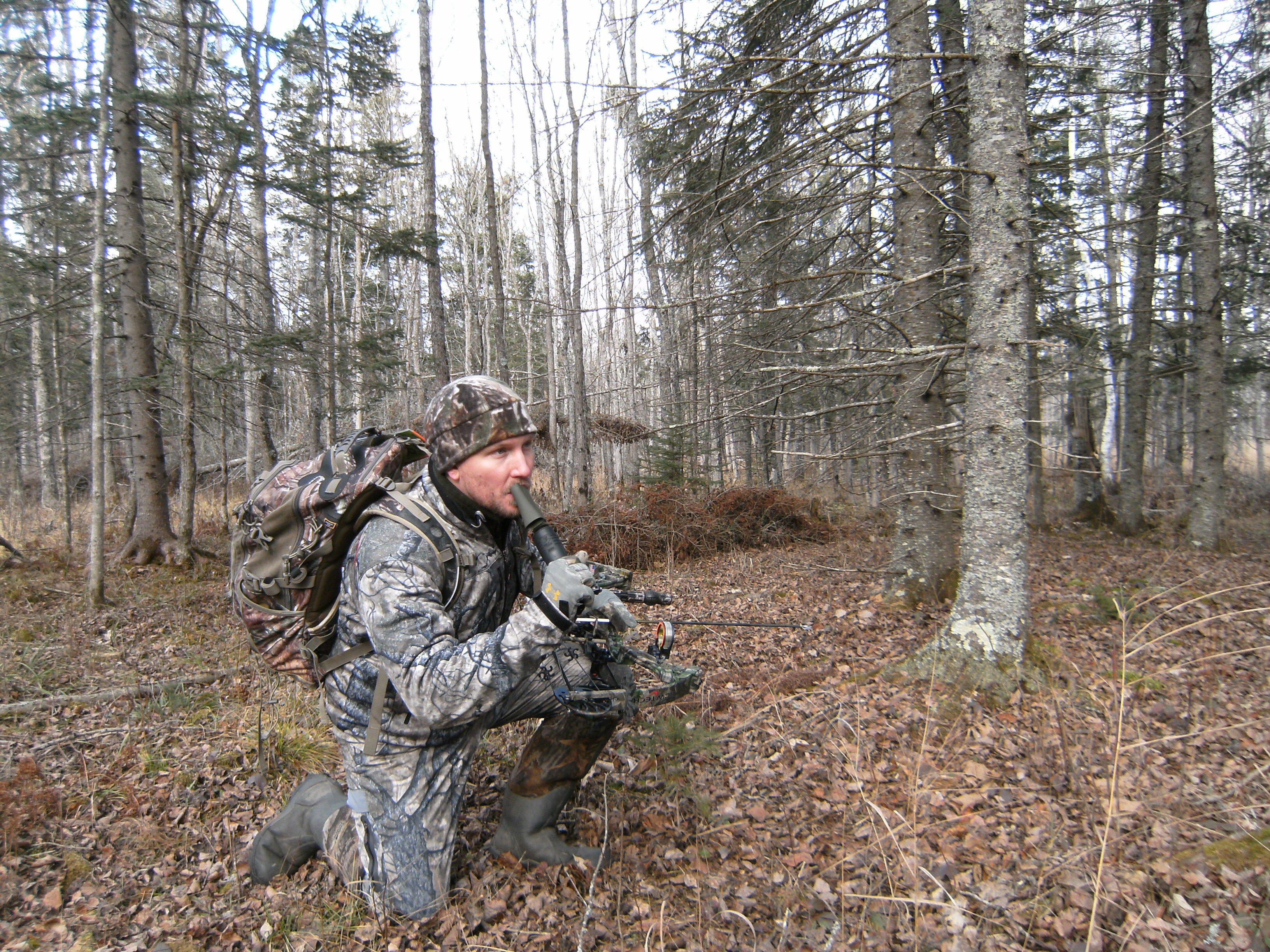The two largest whitetails I’ve arrowed were pulled into range with the help of grunt calls, and to this day I know of no other technique that can so consistently turn a seemingly bad encounter into heart-pounding success. Still, hunters often disagree about which calls work best, and even when and how to use them.
The truth is, I’ve come to realize that many different calling approaches can be the right ones. And that’s because, in my wide-ranging travels hunting dozens of whitetail states, I’ve seen several where the deer are far and away more call-receptive.
The top state to rattle up a buck? I’d give that title to Texas. The state holding the most-vocal bucks and does? In my experience that has been Illinois.
And the state where I’d most regret forgetting my grunt and rattle system back at the truck? That would go to Kansas, one of the few states I’ve hunted where I’ve found blind calling — rather than calling only to a buck you can see — can be a consistently effective technique. And it’s really no mystery as to why. The areas I’ve hunted in Kansas seem to have a near-ideal buck-to-doe ratio, and by late November, most mature bucks will have broken tines from fighting.
Deer vocalizations can span some pretty crazy sounds, but the most common include a wide variety of soft and hard grunts, bleats and snort-wheezes.
And then, of course, there’s rattling, which can be mimicked with real antlers or a wide variety of rattling devices. Personally, I never go into the field without packing both a grunt and bleat call — from opening day on through the season’s finale — and will add a rattling device typically beginning in the late pre-rut, which in the upper Midwest starts about Oct. 20.
Maybe one of the biggest debates is how often to call, but for the vast majority of areas and states, the answer is almost always that less is more, especially on heavily hunted public tracts. Private land with well-managed deer herds and better buck-to-doe ratios can be the exception, but few of us get to hunt those cherry Shangrila-type areas on a regular basis.
On almost all of my public-land hunts, many in upper-Midwest big-woods areas, I try not to bust out a call unless a passing buck is moving past me out of range. And then, if it’s the early season, my first call to that buck will likely be a soft, social bleat or friendly grunt. I’m simply trying to arouse his curiosity.
My first calls to passing bucks no matter the month or rut phase will almost always be passive, soft and social. Beginning in the late pre-rut, toward the end of October, a buck passing by out of range will get a few passive calls thrown his way, but if those don’t work, I’ll wait a few more seconds until the buck is well out of sight. Then I’ll attempt a short rattling sequence — starting relatively soft. If I don’t get an immediate response, I call louder and more aggressively.
When it comes to most real-world, season-long hunting scenarios, calling should almost always start out soft and passive. Hard-hunted whitetails have likely heard — and religiously avoid — aggressive calls, courtesy of hunters who either become bored, cold or desperate.
Regardless, saving loud, aggressive calling to those last-chance scenarios will help you avoid spooking bucks. Lighter calling also minimizes the chances of burning your best stand that — when hunted lightly and smartly — might well be productive all season.




.png)